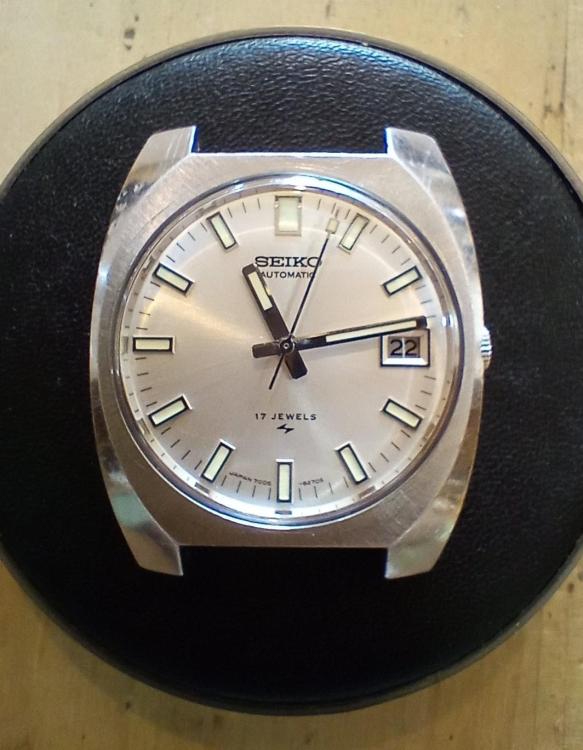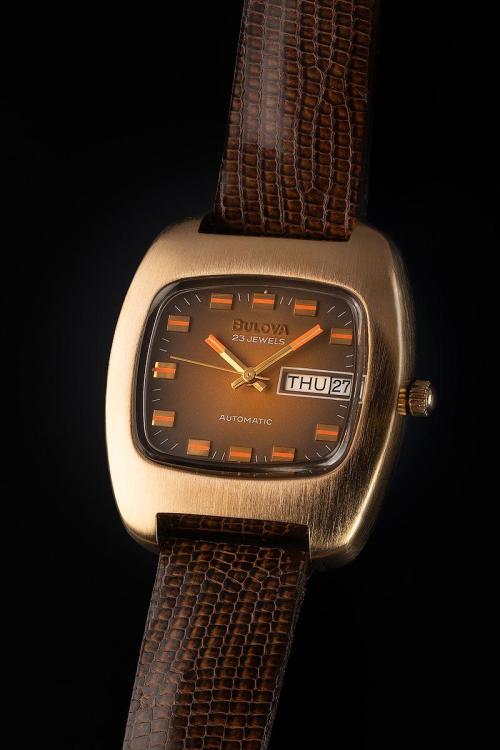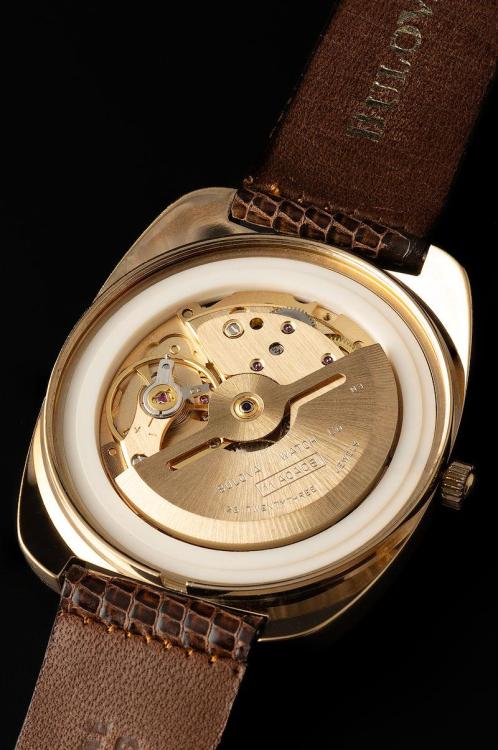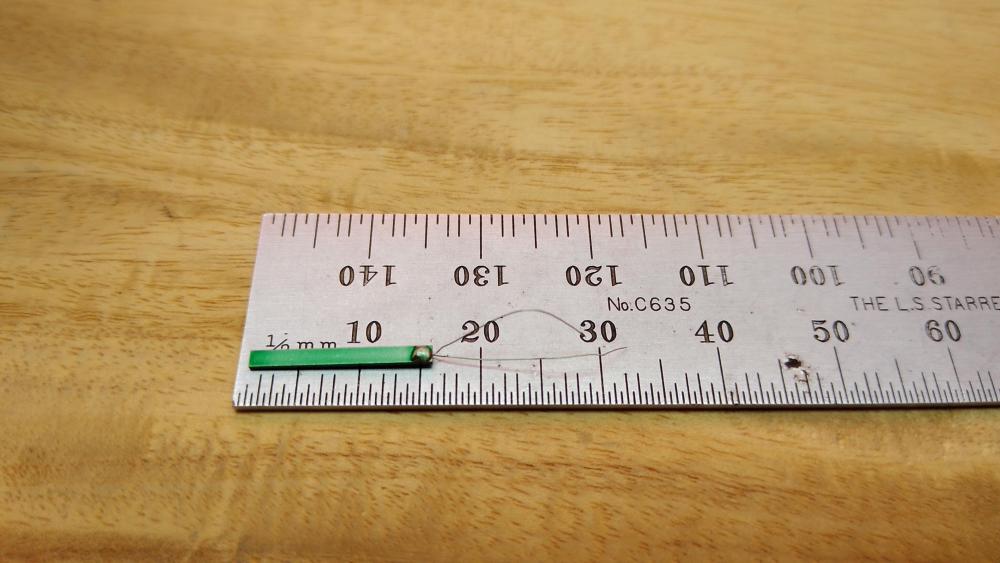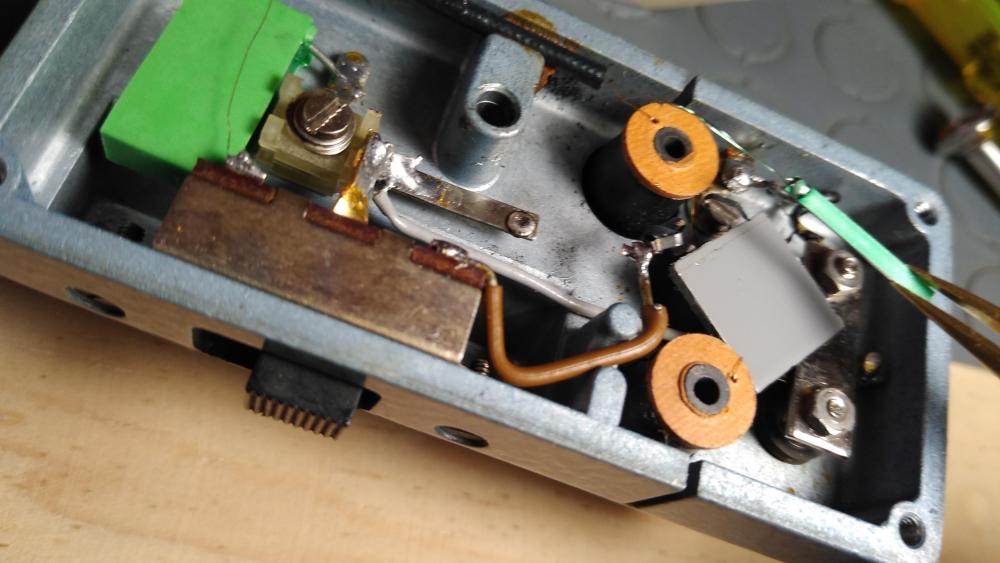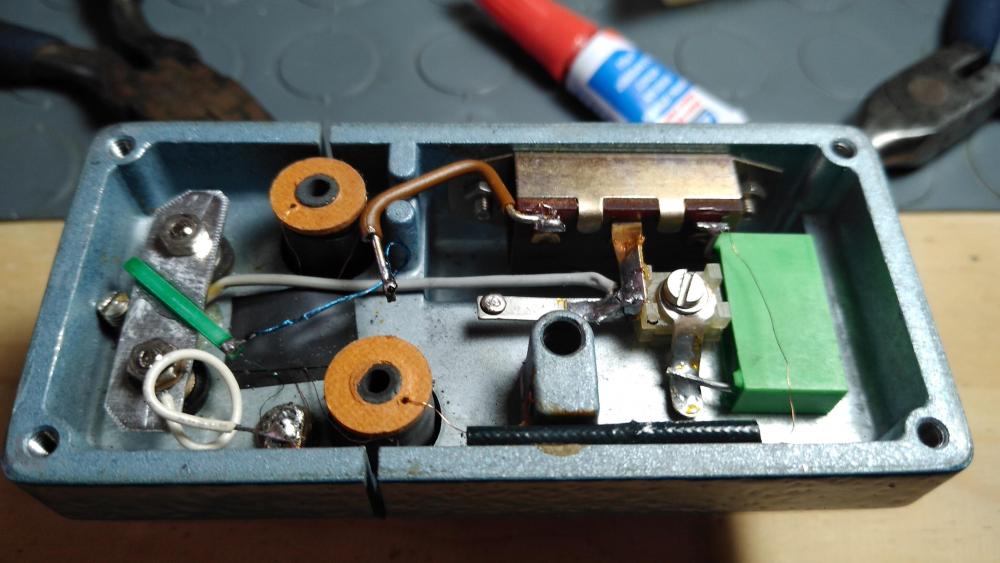Leaderboard
Popular Content
Showing content with the highest reputation on 02/25/25 in all areas
-
Oil is most definitely not just oil. Not all oils are any good for lubricating all things and are formulated with several additives depending on the application. You wouldn’t use engine oil in a gearbox for example, the engine oil is formulated to be circulated by a pump and filtered, gearbox oil to have fast moving parts sloshing about in it, no filtration or circulation. These need very different properties preventing emulsification or carbon retention, vastly different from watch oil. Your diesel oil likely is for a combustion engine and will have detergents added for decarbonisation of components due to combustion, watches don’t. If nothing else there is a potential issue with that for watches, namely adversely affecting the plating of wheels and plates/bridges/cocks after long exposure. There are many stories of watches having the above affected with too long an exposure to cleaners that are designed for use cleaning watch parts. where is @canthus when you need him? Tom5 points
-
Not repair per se, brand new channel from Finland looks like it could be interesting. Tom4 points
-
I will advice to glue the roller with shellac or some red threadfixing loctite. Punching the roller table can deform it. Generally it is the tube that will get shortened and bent and as the safety roller has cut (weak) place, it can open and get eccentric. The steel rollers can even break. Different thing is when it is single roller - then yes, the hole can be closed by domed punch.4 points
-
The charismatic introduction had me panicking , but the two lads managed to pull back my interest eventually lol. They just need dragging out round town on a Hull Friday night3 points
-
3 points
-
I've destroyed a couple of rollers trying to adjust them, not realising how soft they are. Which is why I prefer Loctite. Easy to use and reversible.3 points
-
And what do you conclude from that? I think companies have just become more and more secretive. Or more effective at maintaining the secrecy. So the "leaks" have become more rare.3 points
-
Thanks for the offer to try it myself, but I would need to test it for 5-8 years to see if was superior to what I use. To prove your point, you need to get two identical new watches, and lubricate one with Moebius oils, and one with your alternatives. Wear them for about 5 years, strip and inspect. Keep us informed as to how it goes! Have you looked at Mobil synthetic car oils? - you can probably find one with similar properties at lower cost than aero oils. Molykote DX prices vary a lot, as it's not that common, but Cousins sells 50g for £12.90 ($16)3 points
-
3 points
-
Normally I'd add a drop of IPA with an oiler on the rear pivots, then give it a blip on the magnetic field generator, followed by a drop of fresh quartz oil.2 points
-
Not sure if I'm thrilled or not that I have one now Not just one but four, the first was way big, found three much smaller ones in another set. Finding a support for the experimental roller is proving more difficult. So sometimes you have to see things to believe them. With a trial roller of 1.5mm thickness and the smallest indenture punch I have this is what happened. The pictures are in order sequence of events and self explanatory, note that I polished the roller before hand so the result would be clear . Bearing in mind even though I'm a rough arsed joiner when it comes to watch repair I am super focused, very mindful of what I'm doing and extremely delicate when I need to be. The guy in the video definitely messed up as my hammer taps were barely perceptible compared to his. As you can see I did not support the roller in any way but destruction would be just around the corner. The punch I used, had never been, so it was sharp, if anyone tries this method of tightening a roller I suggest that their punch is also sharp. Unfortunately I couldn't test it for a fitting as the roller was recently orphaned by yours truly in another experiment that involved slicing its home in half ( lathe staff removal ).2 points
-
2 points
-
2 points
-
Been distracted with other things and on another site. Got this 6309-7040 and replaced the crystal (Klein Watches) and strap (Uncle Seiko). The seconds and minute hands have corrosion but the dial is about perfect for a May 1979 piece. I may or may not replace rhe hands. Some marks on the bezel but I kind of like the look as is...2 points
-
2 points
-
Acrylic glasses do not need gaskets. Measure the diameter in the case and add 0.2mm to 0.5mm to get the crystal size you need. It looks like the case measures about 32.7mm and the crystal 33.0mm - which is OK. Just get a 33.0mm acrylic crystal. Probably low dome e.g. https://www.cousinsuk.com/category/acrylic-round It's worth buying digital calipers for improved accuracy - they're surprisingly cheap about £102 points
-
Like Nev made comment on...the center portion of a double roller between the two diameters of table and safety roller is thin and weak...easily crushed. There will be an anvil that supports just the roller table so the weak center doesn't come under compression.2 points
-
2 points
-
Yes! Great advice! I lifted the bezel with a flat ended modeling knife and it popped right off. The movement and dial immediately fell out of the front of the case. Turns out it actually was a front loader. What I thought was a movement ring is just a solid part of the case body. Apologies for poor focus on the image. . The dial looks really nice without the scratched crystal over it. Many thanks for your help.2 points
-
2 points
-
Haha, I'm glad. Or actually, not. Because if you hadn't, we'd have found a nice and easy solution already. Now we need to keep looking.. I've had movements/spacers that were very tight in the case. So a bit more force should be ok. But first see if you can get the bezel off. The dial looks very large. So front loader can be fully excluded (even if I believe that it's not). You can try to remove the bezel by sliding a razor blade in between and levering if of very gently (going around the case with the blade). Once the bezel/glass is off, you can push the movement out from that side (easier than levering with a screwdriver on the backside - which also introduces a tilt which makes it harder).2 points
-
2 points
-
The problem with recommending your own products would be who exactly are these people that are not recommending their products? Then yes there are other companies that manufacture horological lubrication. Problem is lubrication recommendations typically come from tech sheets. Tech sheets typically come from companies big enough to supply spare parts and allow you to service their watches. So basically the most commonplace that you would find specifications would be like citizen and Seiko at one time both specified their own oils. The Swiss typically only like to embrace Swiss products which would be basically one company. Of this hasn't always been true for the Swiss in the past there were other recommendations including the US products. What the problem is a lot of the US companies don't seem to be making lubrication anymore for instance a very highly recommended lubrication is Elgin oil made by the Elgin watch company it's actually superior to the Swiss. Not only is superior but when it was being made it was actually being shipped to Switzerland. this is because Elgin made synthetic watch oil before the Swiss did. But Elgin doesn't seem to be making a horological products right now it seems to be? But don't worry a product is highly regarded as this has been synthesized and I'm attaching the PDF of specifications. As far as I know the German company which is still manufacturing horological products although the last time I looked at the website really sucked for promoting those products. Now the problem with this oil was the last time of the only time I saw it for sale in the US it was at least $100 for little tiny bottle. It's hard enough to convince people by a little tiny bottle at the price we pay now and then paying two or three times that well that's going to be a problem. So basically this is really simple for instance I don't have any 9010 on my bench. That's because I embrace 9020 as I think it's a superior lubrication with no loss of amplitude typically. Or that German company a lot of people use their products so yes there are replacements. Then thinking about replacements? Okay now we have a problem not enough specifications here. So basically we get a viscosity which is extremely unhelpful and some other spec which I suppose is nice but where your other specifications? Let me give you an example of specifications that you're missing because viscosity sucks his specification sort of. I found this on another discussion group a long time ago Okay so what do we have well the natural oil would be I believe 8000. It's a very popular oil because it's really cheap. Unfortunately it's also a natural product so it as poor characteristics. So when you look at the chart you see a talk about friction then they have contact angle which I think is extremely important number as I believe it relates to how an oil or lubrication spreads. Then long term spread test which is really one of the most important things. Horological lubrication has to stay in place long term in other words if you're servicing a watch like a modern automatic watch it needs to stay in place at least five years preferably longer. So conceivably could have the right viscosity and maybe a superior lubricant but if it spreads and is gone fast it's worthless. Oh and then there's the other little problem before we finish the chart. If you have a modern synthetic oil that's absolutely perfect but it spreads superfast how exactly do you know that? In the early days of natural lubricants they had an outstanding property when they went bad of typically getting sticky and stopping the watch. Synthetic lubricants have a habit of spreading with time no longer doing their job and customers who don't want to get their watch fixed and soon especially metal on metal the watch will disintegrate. Very common with early automatic watches that had a lot of metal on metal bearings. He often see this and discussion groups for people are bragging about not paying the greedy watchmaker they've run the Rolex for 30 years unfortunately the guy get a heckuva sticker shock when they get that watch fixed and they discover it's disintegrated all because the lubrication is no longer where it's supposed to be. Plus thrown in that the gaskets after 30 years have disintegrated and moisture got in and is now grinding what's left of the pivots okay now next oil is the Elgin 56 – B notice the very low contact angles notice excellent for long-term spreading and this is the Elgin oil that was synthesized by the Germans. Which reminds me if you look at the PDF attached We get a viscosity of 125 slightly thinner than 9010 personally be happy if it was slightly thicker than 9010 as I still perceive viscosity as even though I know it's really contact angle. Then notice the comments all just paste here how does your lubrication compared to this? Now back to the chart down below notice the all favorite 9010 is listed. Also noticed that it really isn't a spectacular lubrication at all. Plus the Hamilton PML oil that looks really promising. Then it's a shame the 9020 isn't listed I suspect it was listed it would actually look quite good because from personal experience it doesn't spread as fast as 9010. Then to avoid up problem which is quoted below you're not allowed to promote your own product so I assume you do not actually manufacture this or sell it. It's an aviation product where exactly what I purchased this anyway? Plus the unfortunate problem of really validate in the horological lubrication you would have to have tested it for quite a number of years. So short-term it might look outstanding but what does it look like at least five years from now? I think if you read the fine print mentioning money is not a problem. the fine print basically says you're not supposed to profit in a monetary way off of the discussion group. Which of course does bring up a problem of anyone on the group who is repairing or generating any money from the knowledge they learned on the group is profiting in a monetary way. But the real interpretation is you're not allowed to sell a product on this discussion group. Typically in a horological discussion group expressly for relatively new people or any of us there is quite a sticker shock at the price of a little tiny bottle of oil. For instance let's go to Amazon and let me look for 9010 and let's get an image. First we end up with a confusion of two versions of 9010 at differing prices and differing Reviews? Okay reading the fine print of the third oil it appears to be at least in the way the bottles labeled identical to the Swiss version of it sizes Swiss version I assume it's the same thing is just being sold at a cheaper price but I do have to wonder if it's a clone or a counterfeit product? Okay but back to the discussion the middle oil that looks right and it costs $46.95 for 2 mL. The problem is people don't really look at the cost properly. For instance yes I used to use 9010 and how long did my bottle last before I replaced it? Many years ago I replaced all my horological lubrication's because somebody at a meeting suggested that they should be replaced from time to time. I then decided that I really don't have to replace my oil unless there's indication of a problem because typically now I only do personal watches. But back to the original question how long did the first bottle last we lubricating a watch you're not using very much at all so it seems like a really tiny bottle really isn't considering the quantity you use is extremely tiny. I don't know if anyone's ever figured out how many watches a lubricated but the cost per watch basis it's not very much at all. But typically that's not the way people look at they look at it and say oh my goodness if I was to change the oil in my car it would cost $1 trillion I am obviously getting ripped off that would be the biggest problem. Oh and then there is my other amusement with pricing look at the far left hand product look at all the oil you're getting you getting everything to service your watch. Then yes I've seen these kits show up on eBay so somebody is broken apart the bottles they probably bought 20 mL bottles which are cheaper than the 2 mL bottles at a cost per milliliter not for the bottle of course then they repackaged in little tiny bottles and on the surface it looks like it's a good price but if you were to figure out what it cost per milliliter at least the last time I checked the price sucks. So basically it looks on the surface to be a good price could you get a whole bunch of oil you just not getting very much of it. Possibly good if you only one oil one watch you're not really sure if you want to get seriously in the watch repair. Now we run into a problem? Suppose somebody agrees with you and would like to purchase some they can't purchase it from you because that would conflict with the rules the messageboard. So going the Amazon seeing as how I can buy watch oil we did run into a minor problem of typical Amazon for confusion like far left-hand side grease is not what it is so it looks like it's it's the middle product and We run into a tiny problem. Apparently have to buy an entire case and okay I guess on a cost basis it would be better it's an initial a higher investment but I would get equivalent of 4 1/2 bottles of 9010. On the other hand since I don't use 9010 it's not a problem which means I'm not going by the replacement either as a be a waste of my money. But it's going to be a really hard sell on the group if people Purchase the replacements conveniently and cheaply. Then just as a reminder for those enterprising souls you can't purchase this and repackage it and sell it on the group. But maybe you could sell it on eBay looks like a good moneymaking opportunity here. Elgin Watch Oil TS5500EN.pdf2 points
-
Unfortunately its not all about viscosity, we wish it were. Adherence plays a major role in watch oils, whereas good old engine oil is designed to spread far and wide throughout most of the engjne components.2 points
-
Hello from Ireland. I'm new to watch repair, and looking forward to hopefully bringing life back to some old watches. I joined for help opening an old arcadia front loader, but as I type this up I've just managed to open it. I suspect I'll be back with more questions later though!1 point
-
It would go against my programming to indicate that I'm a human being. Then you request I post somewhere else I can achieve that for you if you would like? Is that what you would like then if I am a real human being how exactly what I prove that to you. Or how can you prove that your real human being because you seem to lack proper diagnostic skills for reading like I might expect from a computer oh and to muddy the waters here however the words appear in the paper I don't type the text is computer-generated does that make me a computer? Well of course it does but what kind of a computer?1 point
-
What about engine oil for a clock? Seems like a clock would have similar properties to watch? I have a link below famous clock repair person well famous around here or maybe on the West Coast of the US. The link will take you to his experience with he loves to use automotive motor oil On his clocks and he explains why. Even has this statement All of the pivots were in excellent shape, absolutely minimal impact from 5 years of operation, though the Moebius grease that I had used on the winding arbors had gone green. Although minor problem of comparing a synthetic automobile lubricant to a unknown because he doesn't give us a part number grease that may have actually had organic substances which some of their lubricant do. Then the second link we get all the interesting technical things. Like the viscosity chart and he talks about Nye Clock Oil 140B For instance notice on the chart how thin it is. I've seen discussions where people explain why clocks have to have super light oil because? I once inherited a bottle of this oil and it looks like water in the bottle I would never think of oiling anything with that to be quite honest. Then the sperm oil I don't know if that's for all of them somebody gifted me a box with a nice bottle of brand-new from no idea how many years ago seemingly an absolutely perfect condition of watch oil and yes it's extremely fluid it's never gone bad at least visually. The nice thing at least is he does have a background in lubrication is using a really good grade a synthetic oil and he backs up with what he says with experience over time. https://www.snclocks.com/TechnicalInformation/Tid-Bits/Tid-Bit-22-Oil-Oilers-Sinks https://www.snclocks.com/TechnicalInformation/Tid-Bits/Tid-Bit-22-Oil-Oilers-Sinks/i-vkx5qRZ Oh and this discussion were having its occurred before and yes it will occur again. Plus of course it's occurred in other discussion groups where unknown parties made a really nice lubrication chart of labeled as watch oil but there is clock oil mixed in. Couldn't find the discussion but I did find a lubrication chart. Now there is a minor problem with the lubrication chart up above and that would be an indication is at least two of the companies are no longer producing a horological lubrication at least for us. Last night is tracking down the companies when the reference somewhere in this group was that only one brand of watch oil is recommended and exists when we know it does not and noticed that nye is very proud of all the fields that they produce lubrication for and I believe in their history they do reference watch and clock oil but I didn't see it as a product category that they're still making. Then in the chart up above we also have the brand of Etsyntha Which is popular by a lot of people on this group. But he go to the link below for instance and noticed that the clock oil is listed as rare and everything else is out of stock war down to one bottle. As looking on Amazon and notice the exact same thing. https://ronellclock.com/product-category/oils-compounds/oils/etsyntha/ Then we have the parent company at the link below who is very proud of their brand of Etsyntha. https://www.tillwich-stehr.com/en/ But? We go down the lubricants you can see that they make horological lubricants. They also explain the properties and characteristics of lubricants in horology and other words oil is not just oil at least this silly company thinks not. But years ago when you come to the website did have all kinds of technical information about all the lubrication's they make and now basically they're suggesting that you'll have to inquire and they don't even list their products which makes me wonder based on the limited research as to whether they only are manufacturing for the watch companies directly?1 point
-
For my purposes, I would typically use an old tool like this specifically for an old watch as a "classical" repair like would have been done on a single roller or an early two piece double roller. But only if there was a risk in breaking the roller jewel with the amount of hammering a domed punch typically requires to close a hole. That was my use case recently - an 18 size American watch single roller, which will usually have a very long fine impulse jewel sticking up and fragile to take all the pounding. The triangular one should need a lot less force to raise some small burs.1 point
-
1 point
-
Thank you guys, I think I'll start with just pure water and see what happens. Wish me luck.1 point
-
At high amplitude the coils are clearly touching near the end of the terminal curve, which would explain your timegrapher plot. You can see the much narrower gap where I've put the arrows compared to the bottom of the spring. Pressing where Nev suggests should open the gap. If not, just tweak it until the gap looks even.1 point
-
I feel that's what happened in the video, i thought he whaled down on it tbh. The vid was edited directly afterwards . You recommended glueing to me Nev and shellac worked just fine. I got curious about this idea, my original thought was that it would push the roller off-centre, which it would, but how much ? I pulled a couple of beard whiskers ...I won't be doing that again anytime soon . A beard whisker measures around 12 hdths, with a medium compression that finishes around 4-5 hdths, thats quite a big deal in the way of safety clearances if a roller is thrown off-center by that much. An eyelash is less of an intrusion in the roller hole, diameter at a mid thickness of it is around 4 hdths and compressed around 2 hdths, with the thinnest part compressing to 1 hdth. So if that grips the roller and all is needed is an extra 100th then it probably isn't going effect the escapement much. But it is organic material and may compress and wear over time, something more solid might be better like Mike's tin foil...or maybe just glue it in place.1 point
-
Opinions vary on the use of that tool. I have mixed feelings about it too. You are essentially marring the roller table, which could be considered "bad practice" (and is in fact considered as such by Henry B. Fried in his excellent book "the watch repairer's manual"). If your livelihood depends on the speed of your repair and you're not hurting the value of the piece, the use of this tool could be a "quick and dirty fix". There are however more elegant solutions and Fried mentions some. I've always opted for replacing the balance staff with a suitable one.1 point
-
1 point
-
1 point
-
I have two of these, the red and the black one and not had any issues using them, I did though a misshap damage the needle on the black one and just replaced it with a Bargeon needle, as it was actually cheaper than getting the Chinese needle shipped over. Never thought I would ever write that.1 point
-
The 3 sided punch method didn't work. The roller table bas a small bevel around the hole. I tried to distort it with the punch but there was no way I was going to be able to move enough metal. I ended up using the eyelash trick which seems to have worked well.1 point
-
Only £50 a pop. Now I am warning myself that I must get back on track. Richard Harris, 1 warning point. Oops.1 point
-
I buy generic over the counter medication, the active ingredients are exactly the same at a fraction of the cost of branded items. Does the same apply to lubricants, are they exactly the same or as close as to not make a difference? The only way to know for sure is through experimentation. I have to agree with @mikepilk, 9010 is expensive but will last many years.1 point
-
1 point
-
I'd look at starting with plain water on a cotton bud and see what you can remove before proceeding with anything stronger. Next step would be saliva and then water with a drop of ammonia. Edit In all cases you need to avoid any printing as much as possible.1 point
-
If you only want rid of the green, I would try a cotton bud dipped in white vinegar, it's good at removing verdigris. Very gently roll it over the affected areas, avoid any printing. It won't be perfect. If you want it looking pristine, your only option is a to have the dial refinished.1 point
-
Hello everyone, I bought a case opener from Verlux, it is the same as the LEM. i am interested in the pdf instructions if someone as one. I am missing the A chuck(hexagonal one), if someone as an idea on where to find one. I am thinking of 3D printing it, but I would rather go with an original! Update: one was sold in the US last week on eBay and I missed it1 point
-
1 point
-
Yes that can happen. There are size differences between the various manufacturers. Sometimes a roller table will be loose on (for instance) a dgn staff, but will be a perfect fit for a ronda staff. It's good practise to always measure the critical dimensions before fitting it to the wheel. (ask me how I know..)1 point
-
1 point
-
1 point
-
Hi all New to watch repair and finally having a go after a year of watching Marshall at work! Keen to learn and hoping to find a escape from everyday life in the UK All the best Gonzo1 point
-
1 point




.thumb.jpg.cb17a66989f1e796fd4217db2e9ca9df.jpg)

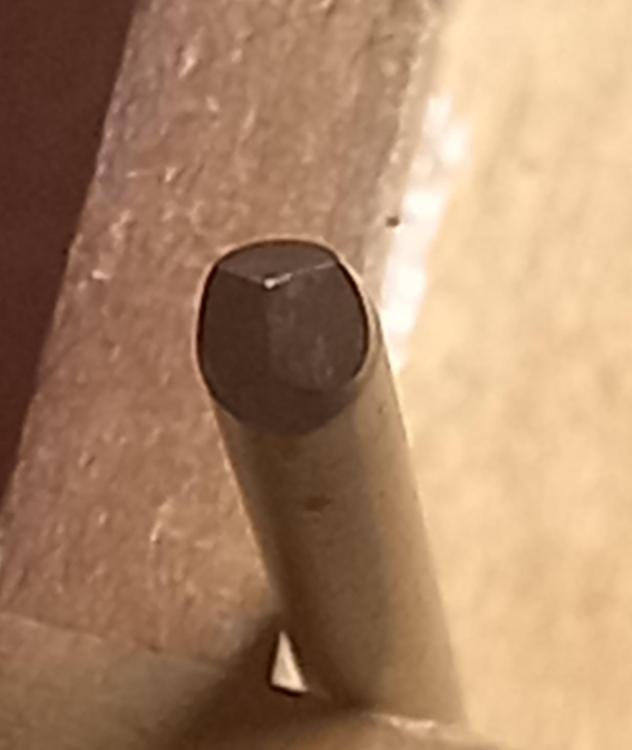

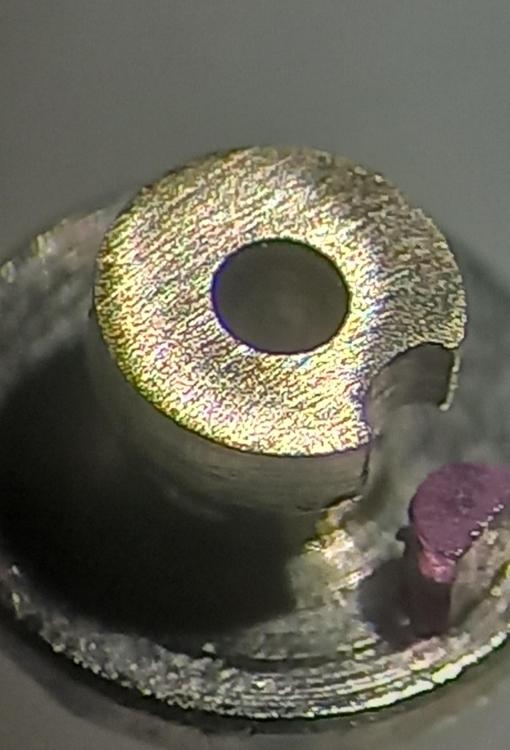
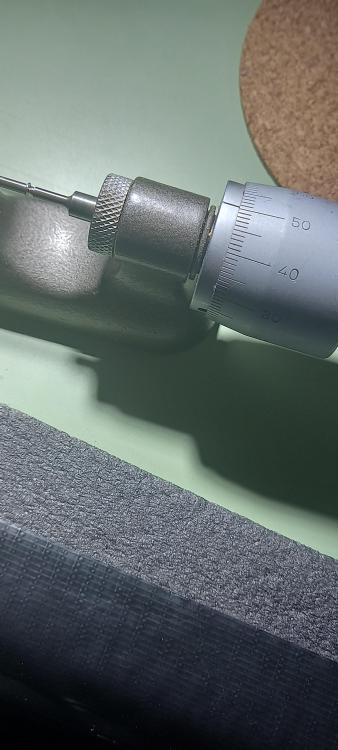
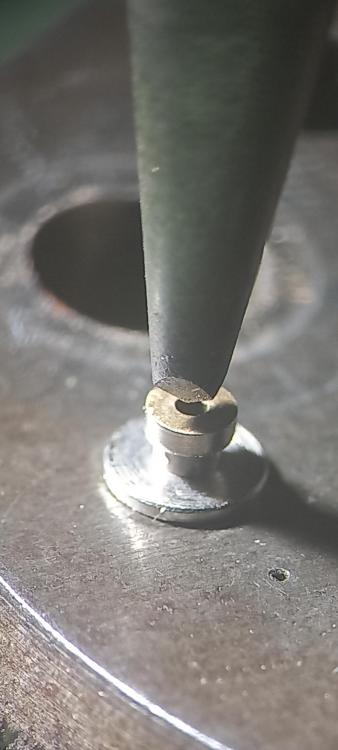
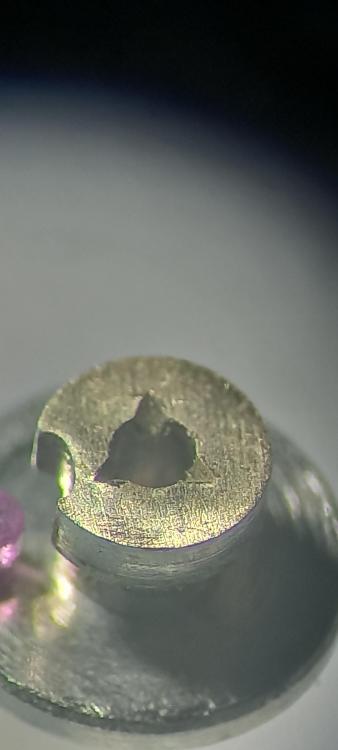
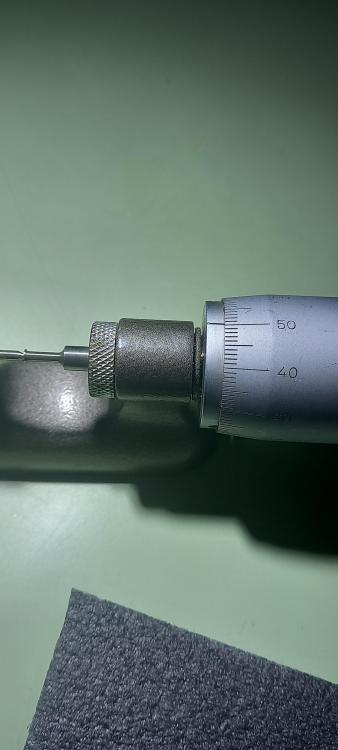

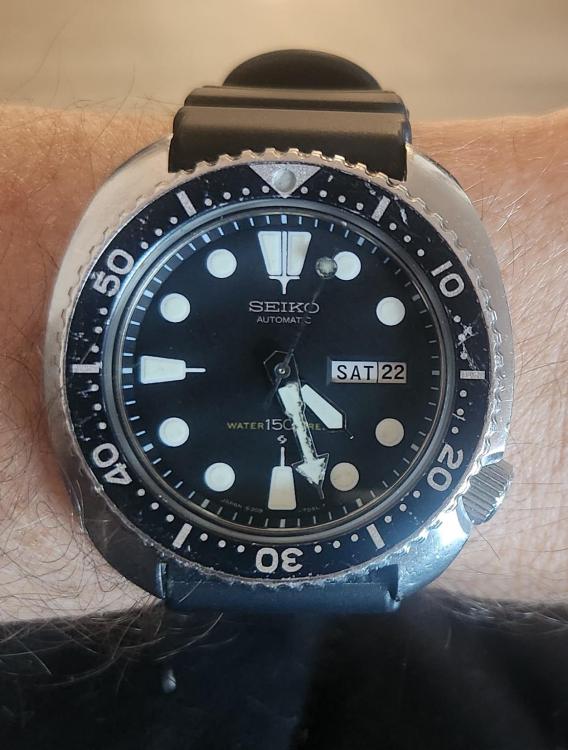

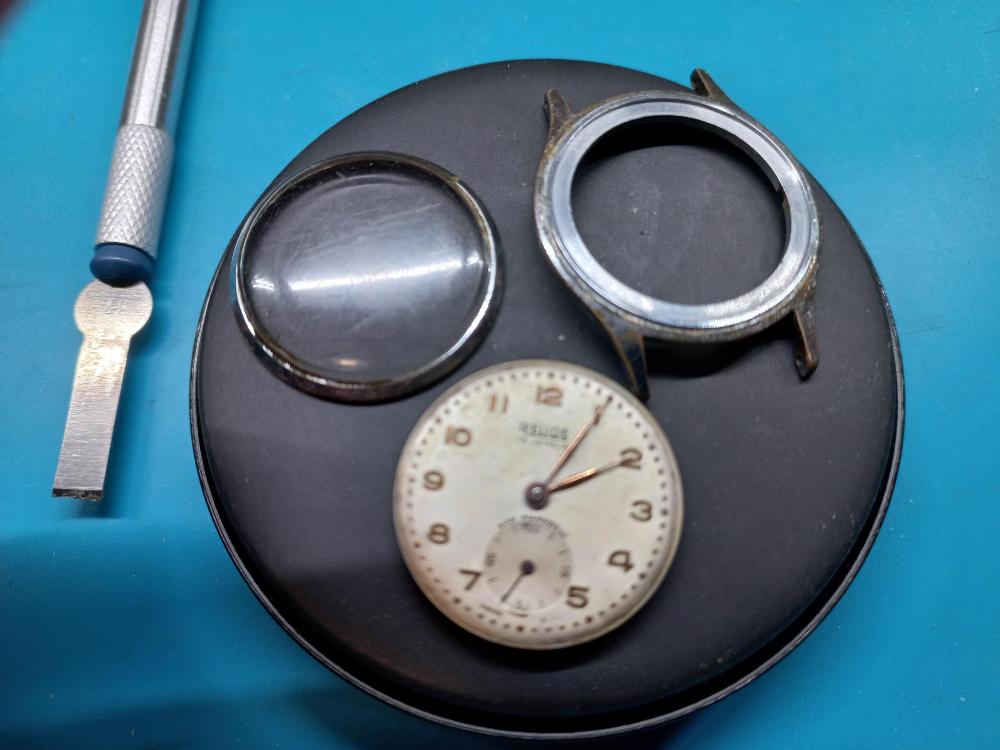



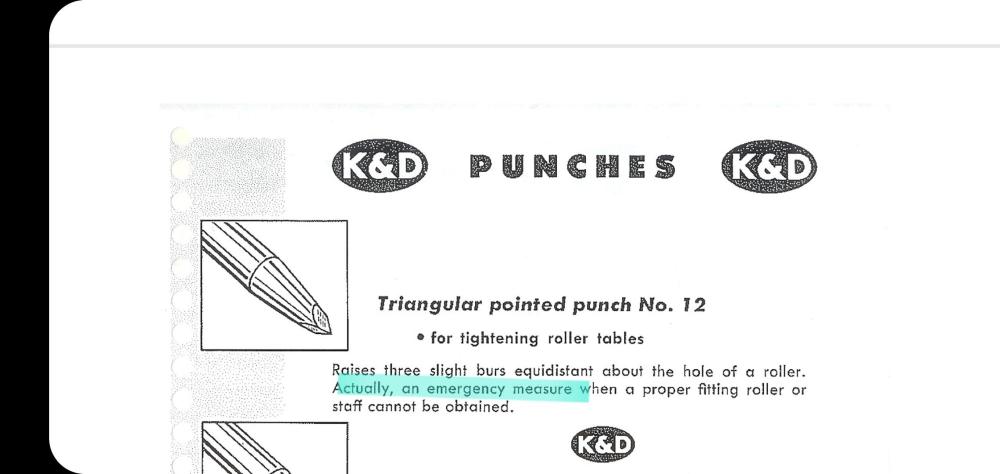

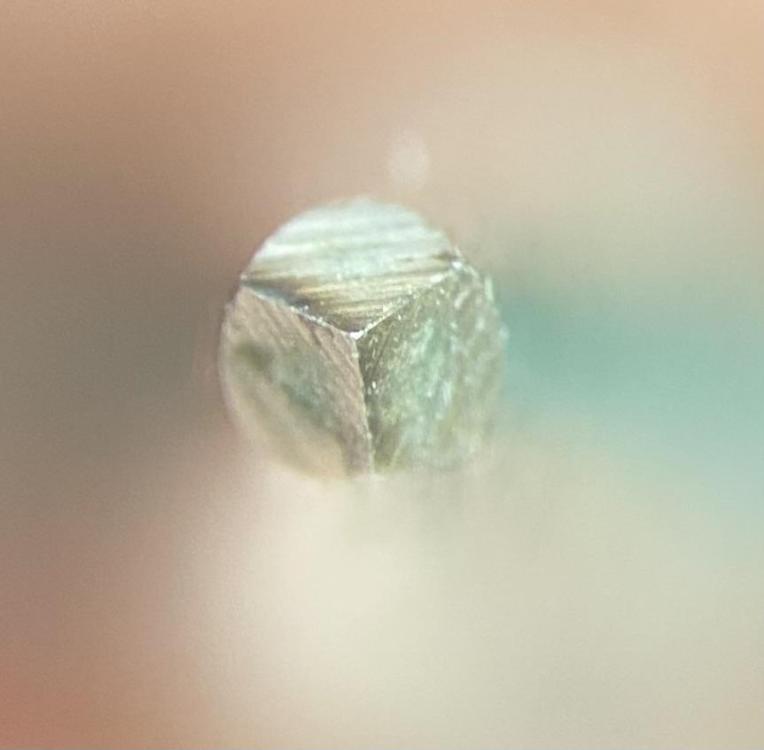
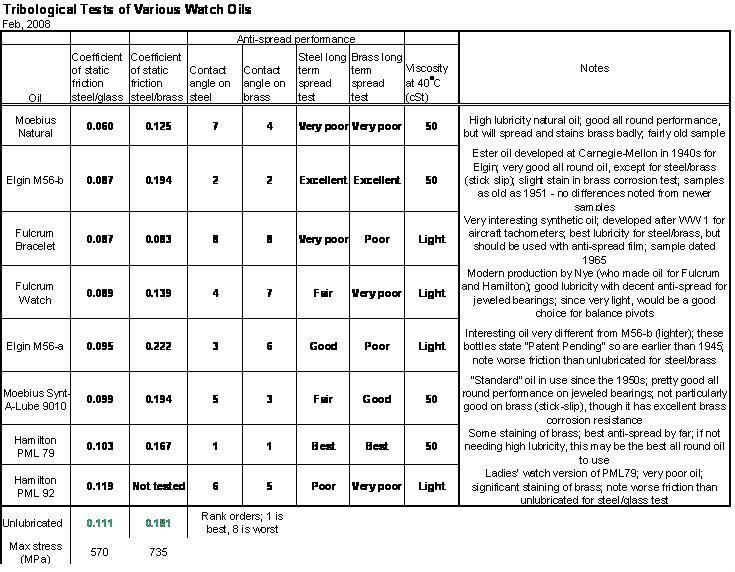

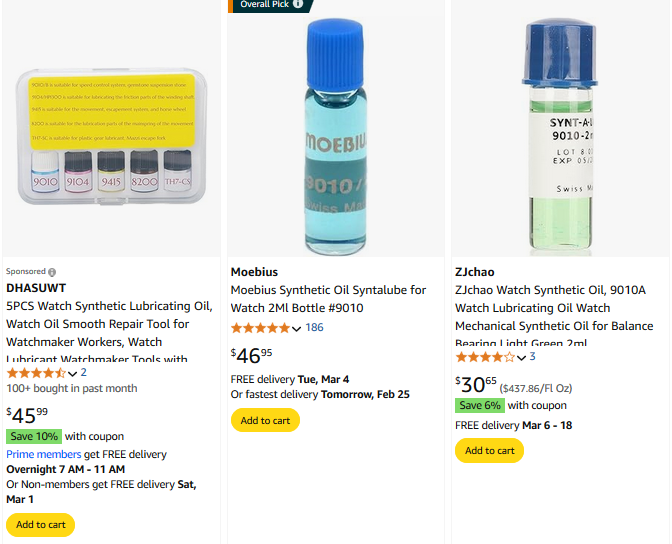
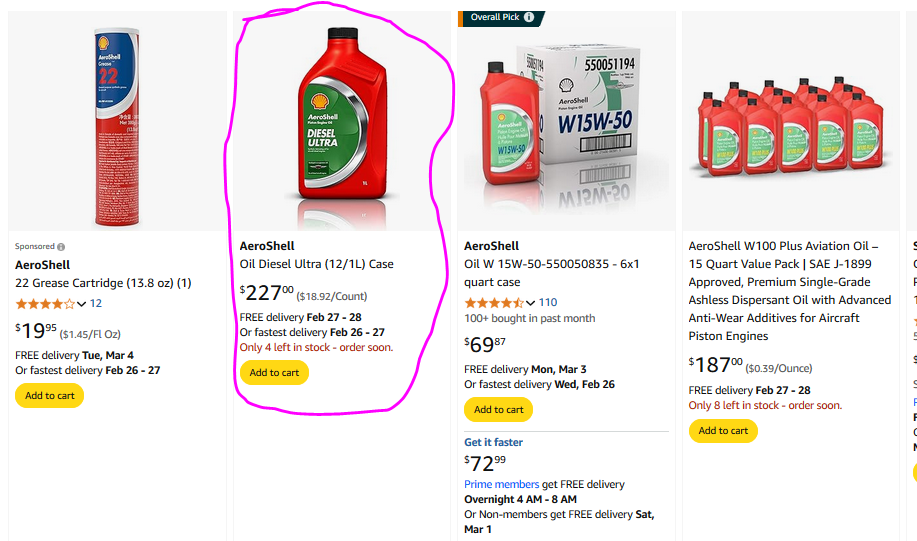

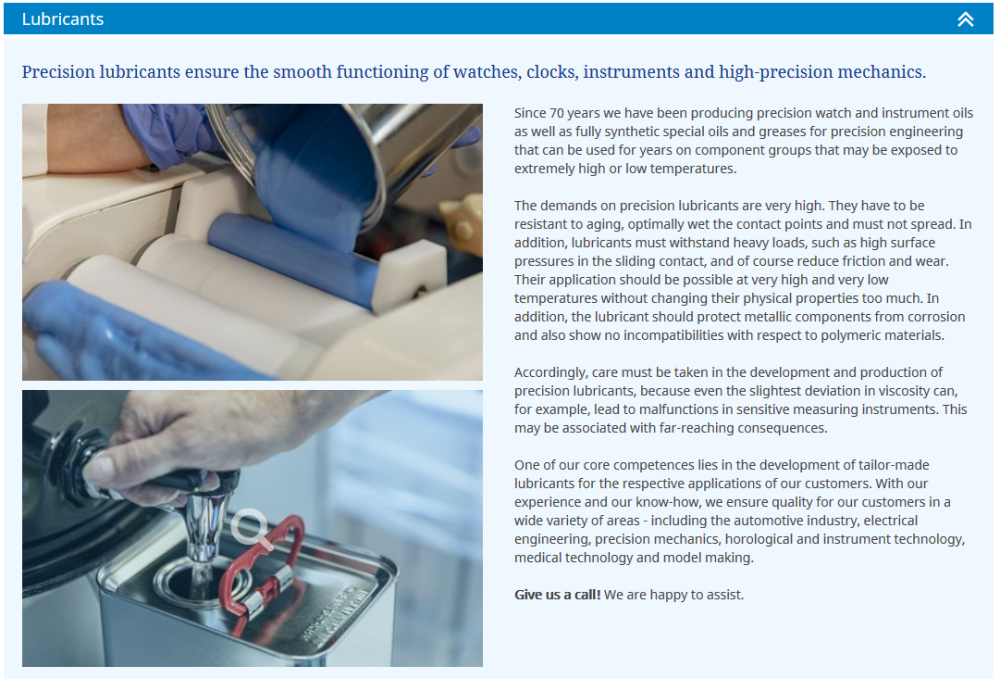
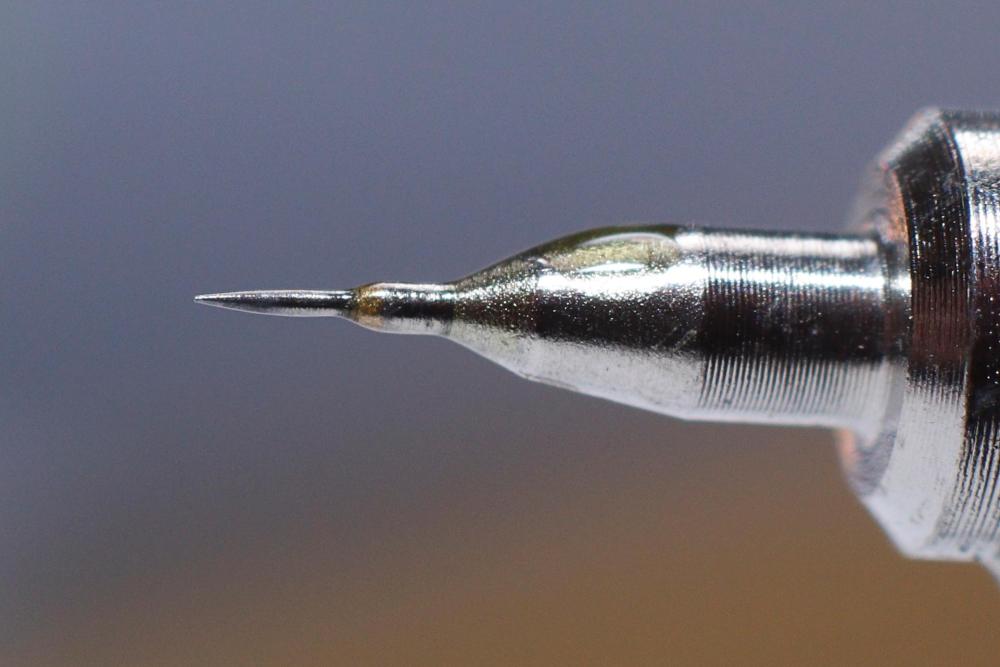
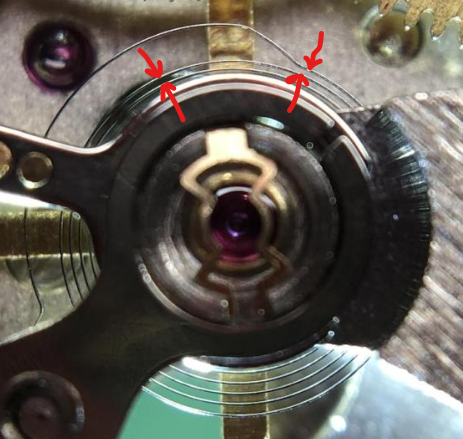

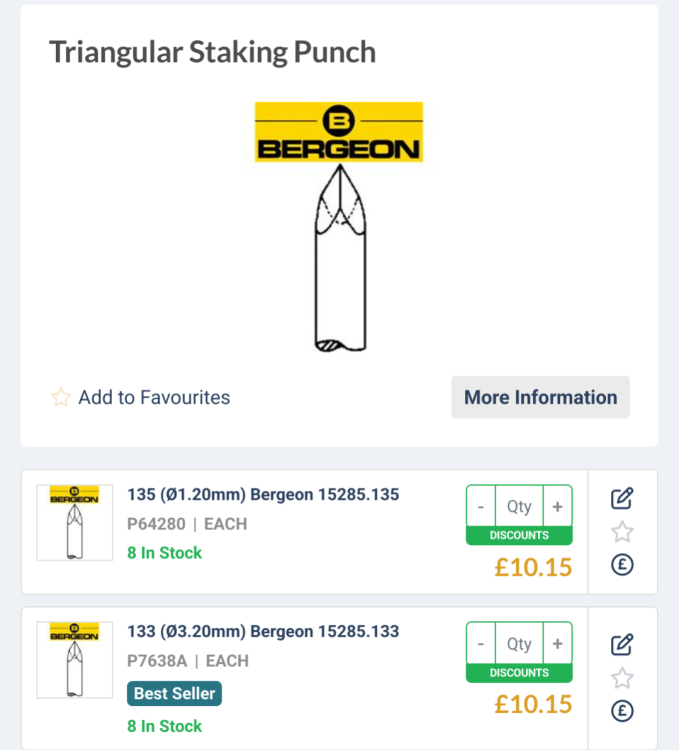

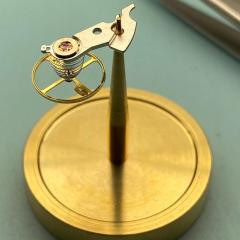
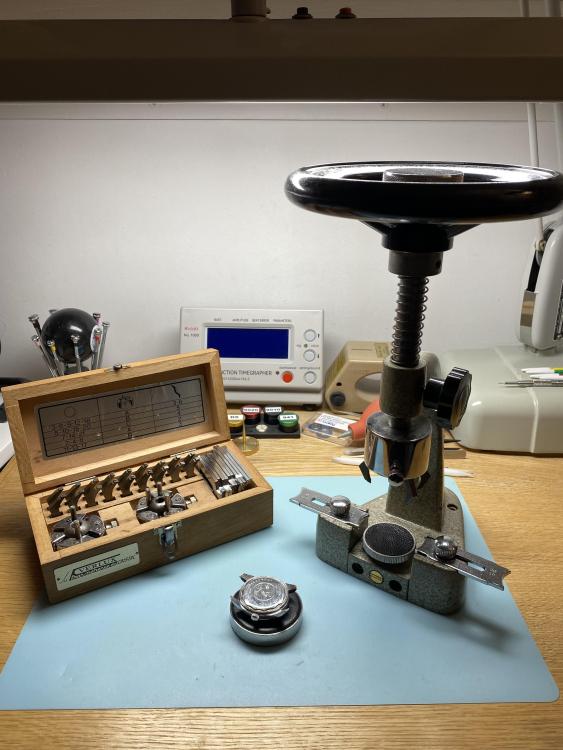
.thumb.jpg.19a9c4ff164d78d516aa9f05a063752b.jpg)
